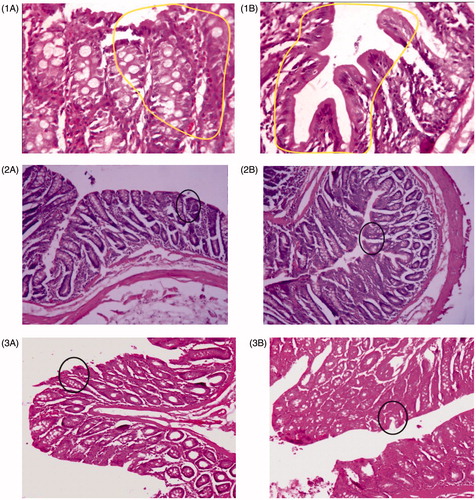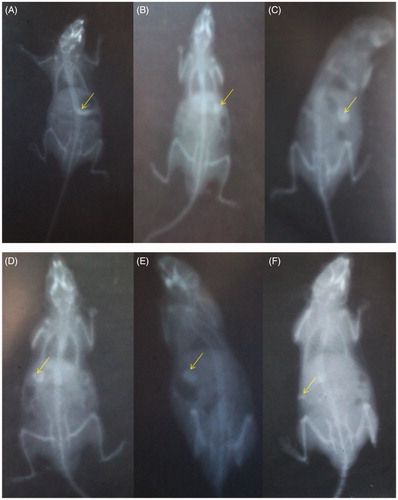Figures & data
Figure 1. SEM images of (A) CAP-coated PEG-CS microspheres at 250× magnification, and (B) uncoated PEG-CS microspheres at 120× magnification.
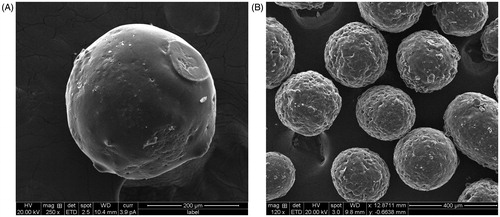
Figure 2. In vitro release of 5-FU from the CAP-coated and uncoated PEG-cross-linked CS microspheres (namely F1 and CF1) at 37 °C in pH 1.2 for 2 h followed by pH 7.4 up to 12 h.
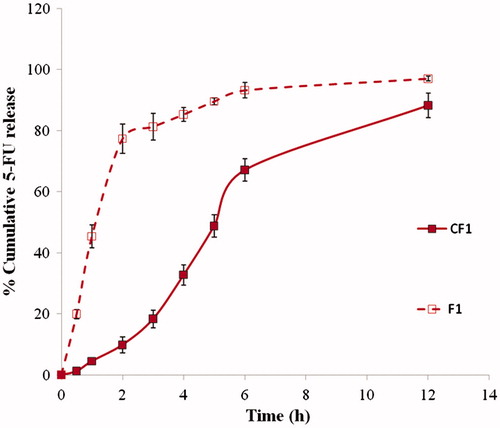
Figure 3. (A) Cytotoxicity of 5-FU immediate release (IR) formulations suspended in SCMC on HT-29 cell lines by MTT assay. Cytotoxicity of blank and 5-FU-loaded CAP-coated PEG-CS microspheres (B).
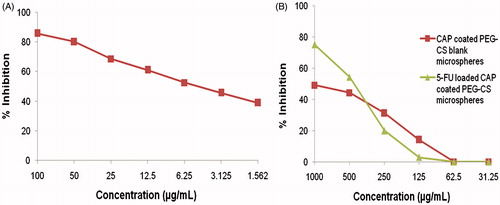
Figure 4. Cytotoxicity of 5-FU-loaded CAP-coated PEG-CS microspheres at different concentrations and time points of dissolution.
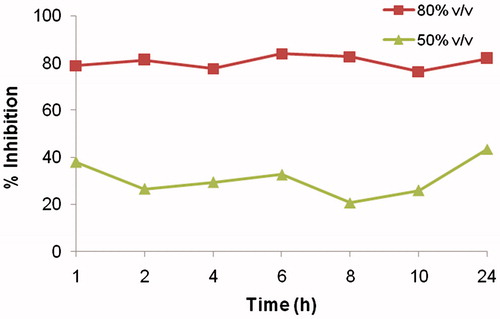
Figure 5. Serum 5-FU concentration versus time profiles of the 5-FU immediate release (IR) formulations suspended in SCMC and 5-FU-loaded CAP-coated PEG-CS microspheres.
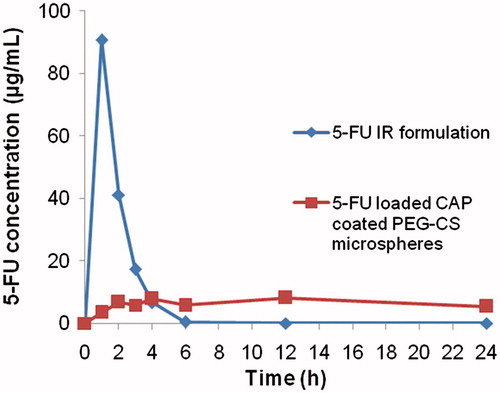
Table 1. Pharmacokinetic parameters of 5-FU after administration of CAP-coated PEG-CS microspheres and IR formulation in rats.
Figure 6. Concentration of 5-FU in (A) stomach tissue homogenate, (B) intestinal tissue homogenate, (C) caecum content homogenate, (D) caecum tissue homogenate, (E) colon content homogenate, and (F) colon tissue homogenate after administration of the 5-FU immediate release (IR) formulations suspended in SCMC and 5-FU loaded CAP coated PEG-CS microspheres.
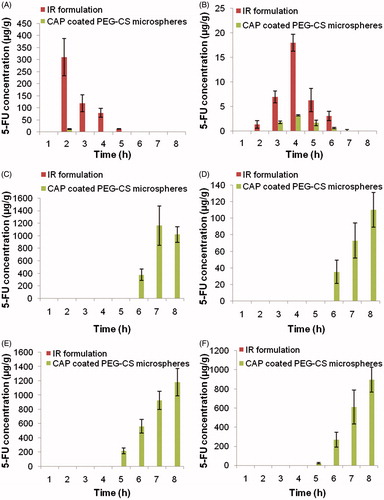
Table 2. Macroscopic findings and histopathology in rats after treatment with DMH (to induce colon cancer) and 5-FU formulations. Values are mean ± SEM.
Figure 7. Morphological characteristics of colorectal cancer at different stages of different groups: (1A) and (1B) are DMH-induced groups. (2) The 5-FU immediate release (IR) formulations suspended in SCMC and (3) 5-FU-loaded CAP-coated PEG-CS microspheres-treated group.
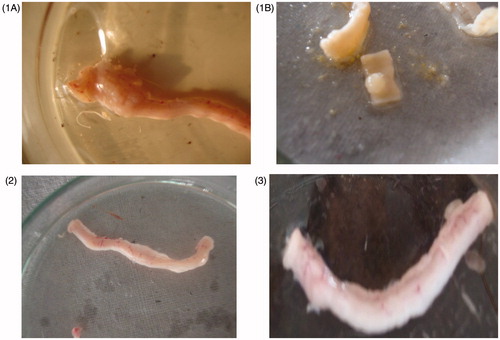
Figure 8. Aberrant crypt foci observed in colonic dysplasia in different groups: (1A and 1B) DMH-induced group, (2A and 2B) 5-FU standard treatment group, (3A and 3B) 5-FU-loaded CAP-coated PEG-CS microspheres-treated group. Numbers of aberrant crypt foci are high in DMH-induced group (1A and 1B) and markedly low in treated groups.

Figure 9. Proliferation activity carried out on colon tissues of different groups: (1A and 1B) DMH-induced group, (2A and 2B) 5-FU immediate release (IR) formulations suspended in SCMC, (3A and 3B) 5-FU-loaded CAP-coated PEG-CS microspheres. Portions marked in circles shows proliferation. The proliferation is high in DMH-induced group (1A and 1B) and is markedly low in treated groups.
